AFI
SOURCE: AFI

According to the Alpha Defence YouTube channel, The Aeronautical Development Agency (ADA) of India is set to further refine the design of the Tejas Mk2 fighter jet, following crucial wind tunnel tests conducted by the French National Aerospace Research Center, ONERA (Office National d’Études et de Recherches Aérospatiales). These tests have yielded critical data that will influence the optimization of key components such as the air intake and canards, which will be incorporated into the upcoming prototypes of the Tejas Mk2.
ONERA, renowned for its cutting-edge aerodynamic research and development, played a key role in analyzing the airflow dynamics and performance parameters of the Tejas Mk2 in its advanced wind tunnel facilities. The wind tunnel tests, an essential part of aerospace development, simulate real-world flight conditions, allowing engineers to evaluate how various design elements perform under stress.
Continue readingSOURCE: AFI
The Tejas-based twin-engine fighter (TEDBF) program, designed to meet the Indian Navy’s carrier-borne fighter requirements, has been shrouded in uncertainty. While the project has been in development for some time, it has yet to receive the crucial approval from the Cabinet Committee on Security (CCS).
Even if the TEDBF does gain the green light, there are concerns about the economic viability of producing a small number of airframes. The massive research and development costs associated with the project might not be justified by a limited production run. This could potentially lead to a high cost per unit, which may not be feasible for the Navy.
Continue readingSOURCE: AFI

In a remarkable development, Armenia and Morocco have emerged as unexpected champions of India’s defense manufacturing sector, even before the Indian Army itself has inducted some of the indigenous defense products. These two nations have recently embraced Indian-made military equipment, symbolizing the success of India’s Atmanirbhar Bharat (self-reliant India) initiative on the global stage. Armenia’s acquisition of the Advanced Towed Artillery Gun System (ATAGS) and Morocco’s purchase of the WhAP 8×8 amphibious armored vehicle underscore the rising credibility of Indian defense exports.
In 2022, Armenia became the first foreign buyer of the Advanced Towed Artillery Gun System (ATAGS), a state-of-the-art artillery platform developed by the Defence Research and Development Organisation (DRDO) and manufactured by Bharat Forge and Tata Advanced Systems. The ATAGS, with its impressive range and precision, has been a key component of India’s artillery modernization program.’
Continue readingSOURCE: AFI
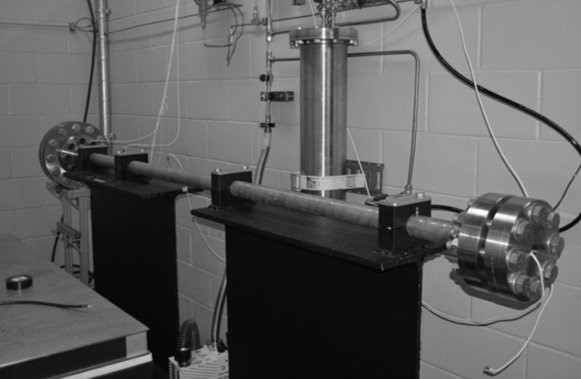
The Indian Institute of Technology Kanpur (IITK) has unveiled a Detonation Tube Research Facility (DTRF) in the Combustion and Propulsion Laboratory of the institute. Funded by the Aeronautics Research and Development Board, DRDO, and the Indian Space Research Organization (ISRO), this is the first facility of its kind in India and among only a few globally.
Developed by Prof. Ajay Vikram Singh and his research group from the Department of Aerospace Engineering, IIT Kanpur, the facility successfully demonstrated the propagation of a detonation wave in a laboratory setting for the first time in India, accomplishing this feat in a record time of two years. Research conducted at the DTRF will help prevent mining, industrial, and home accidents; predict the path of wildfires; increase the efficiency of high-speed detonation-based engines; strengthen safety protocols in oil, gas, and pharmaceutical industries; and even enhance our understanding of supernovas.
Continue readingSOURCE: AFI
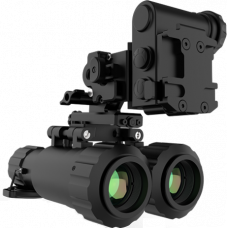
In a significant boost to domestic defense manufacturing, the Indian Air Force (IAF) has selected MKU’s NETRO NB-3101 Aviation Night Vision Goggles (ANVG) for the LCH Prachand platform. This marks the first time the IAF has chosen an indigenous ANVG for this advanced helicopter.
The decision to select the NETRO NB-3101 follows the IAF’s positive experience with the ANVG initially developed for the Mi-17 helicopters. The high-quality performance and reliability of the MKU-developed ANVG impressed the IAF, leading to its selection for the LCH Prachand.
Continue readingSOURCE: AFI

The Indian Navy’s ambitious plan to procure 26 Rafale M fighter jets is poised to significantly enhance its maritime strike capabilities. The centerpiece of this acquisition is the integration of the Exocet AM39 EXOCET anti-ship missile as the primary weapon system.
The Exocet AM39, a versatile airborne version of the renowned Exocet anti-ship missile family, offers a potent combination of range, precision, and stealth. Capable of being launched from strike aircraft, Maritime Patrol Aircraft, and helicopters, the AM39 boasts a range of up to 70 kilometers, allowing the launching aircraft to maintain a safe distance from enemy air defenses.
Continue readingSOURCE: AFI
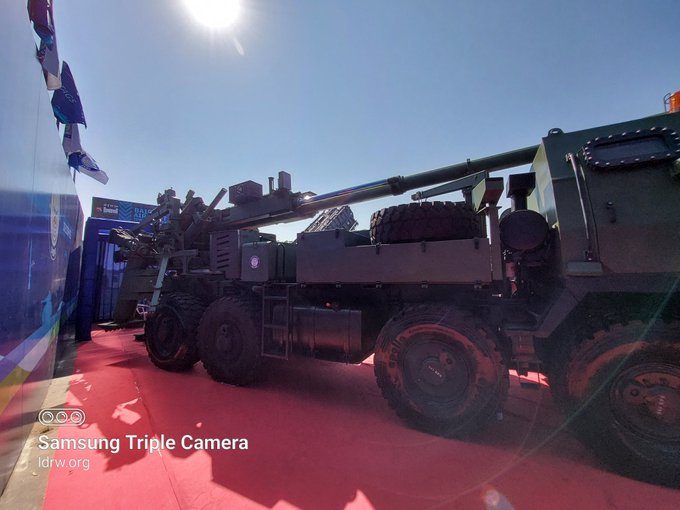
The Indian Army is set to take a significant step forward in its modernization efforts with the initiation of trials for the much-anticipated Mounted Gun System (MGS) next year. This has been confirmed by Lt. Gen. Adosh Kumar, Director General of Artillery in the Indian Army. The Mounted Gun System, a crucial component of India’s artillery upgrade plans, is expected to play a pivotal role in enhancing the Army’s firepower and mobility, particularly in challenging terrains.
Last year, India’s Defence Acquisition Council (DAC), chaired by Defence Minister Rajnath Singh, gave the green light for the procurement of the MGS. The approval marked a critical milestone in the modernization of the Army’s artillery regiments, aligning with the government’s “Make in India” initiative to indigenously develop advanced military hardware. The MGS will be based on the 155 mm/52 calibre Advanced Towed Artillery Gun System (ATAGS), a state-of-the-art gun system developed by India’s Defence Research and Development Organisation (DRDO).
Continue readingSOURCE: AFI

A significant milestone in India’s aerospace industry was achieved today as Udayant Malhoutra, CEO & Managing Director of Dynamatic Technologies Limited, met with Eric Trappier, CEO, and Bruno Coffier, CPO, of Dassault Aviation at their headquarters.
The focus of the meeting was to celebrate the successful completion of industrialization for a large number of parts and tools, paving the way for Dynamatic Technologies to soon deliver its first aerospace assembly. This marks a crucial step in the long-term contract between the two companies, where Dynamatic Technologies will manufacture and assemble flight-critical aero structures for the Falcon 6X, Dassault Aviation’s renowned business jet.
Continue readingSOURCE: AFI

The Indian Space Research Organisation (ISRO) has revealed ambitious plans to land its next-generation launch vehicle, the NGLV or “Soorya,” on a barge at sea. This innovative approach aims to reduce costs and improve the sustainability of India’s space program.
The NGLV represents a major technological advancement for India, offering a payload capacity three times that of the current LVM3 rocket while only increasing costs by 50%. A key feature of the NGLV is its reusability, which promises to significantly lower the cost of space access. The vehicle will also incorporate modular green propulsion systems, aligning with global efforts towards sustainable space exploration.
Continue readingSOURCE: AFI
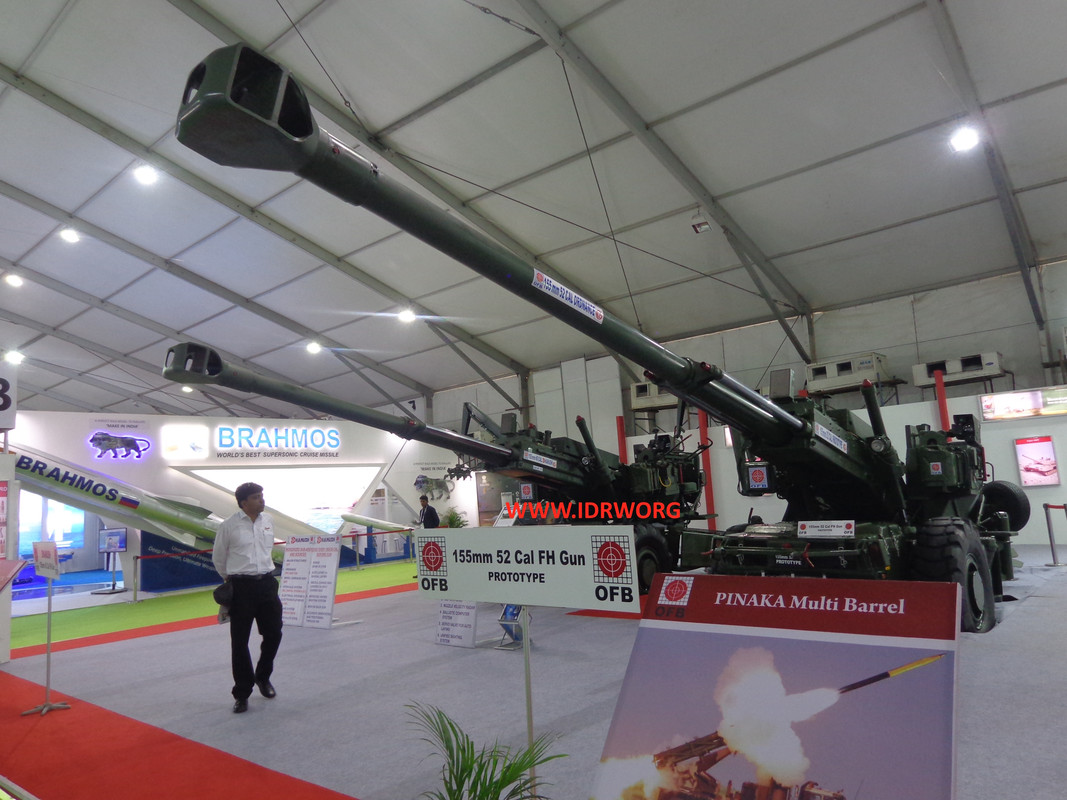
The Indian Army is poised for a significant transformation in its artillery capabilities, spearheaded by Lt. Gen. Adosh Kumar, the Director General of Artillery. According to the General, the Indian Army is setting a target for the year 2042 to standardize its artillery systems to the 155mm calibre completely. This move will mark a shift away from the 105mm guns that have served the force for decades with over 2000 units still in service aligning with global artillery trends to enhance firepower, range, and overall battlefield effectiveness.
Lt. Gen. Kumar’s vision for the artillery branch reflects the Army’s commitment to modernizing its firepower to meet future combat requirements. The gradual phasing out of 105mm artillery systems will make way for more powerful and technologically advanced 155mm guns, which offer superior range and lethality. This transition will be part of a broader effort to streamline and optimize artillery firepower across all Indian Army regiments.
Continue readingSOURCE: AFI

Indian defense manufacturer Bharat Dynamics Limited (BDL) made a strong impression at the Asia Defense and Security 2024 (ADAS2024) exhibition in Manila, Philippines, with a showcase of its advanced missile systems. Among the highlights was the Amogha-III Anti-Tank Guided Missile (ATGM), a potent weapon capable of neutralizing armored vehicles and fortifications.
The Amogha-III ATGM, developed by BDL’s Research and Development Division, is a fire-and-forget missile with a dual-mode infrared (IIR) seeker. It boasts a range of 200 to 2500 meters and features a tandem warhead, designed to penetrate armor effectively.
Continue readingSOURCE: AFI

In a move to strengthen India’s defense readiness along the China border, the government has significantly increased the special financial powers of Army commanders responsible for these crucial regions. Defence Minister Rajnath Singh has approved new annual budgets, enabling commanders to swiftly procure essential equipment and resources for their troops.
This financial boost reflects India’s ongoing efforts to enhance preparedness in response to heightened activities along its northern and northeastern borders, especially in light of the continuing tensions with China.
Continue readingSOURCE: AFI
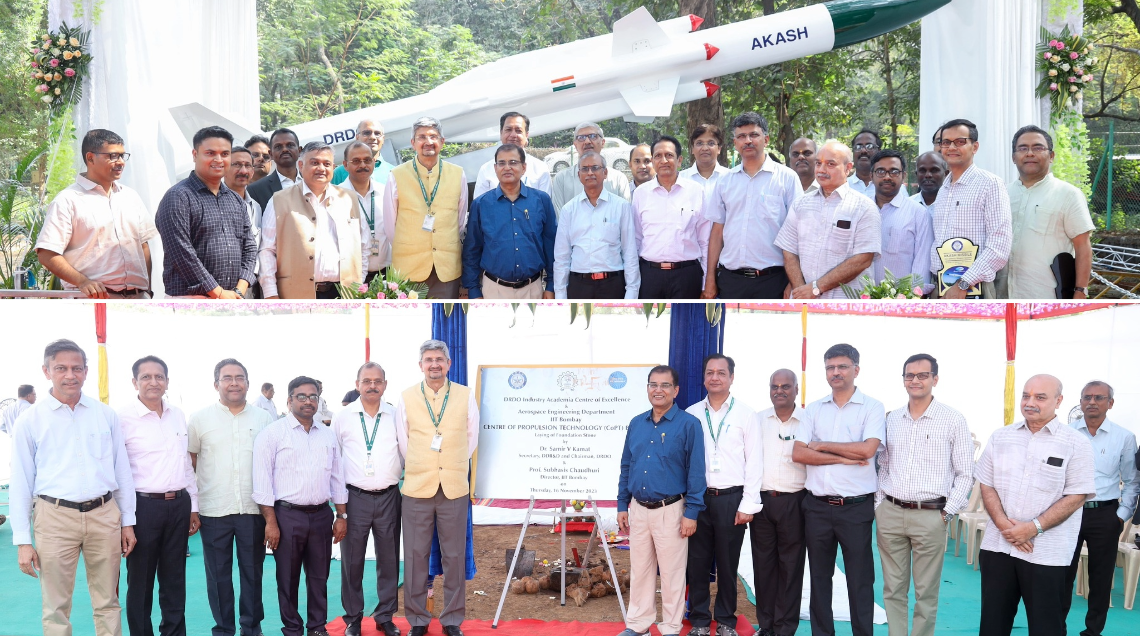
Dr. Samir V Kamat, Chairman of the Defence Research and Development Organisation (DRDO), has emphasized the need for greater collaboration among academia, the DRDO, and industry to address emerging challenges in defense research and development.
Speaking at the 15th Air Chief Marshal LM Khatre Memorial Lecture in Bengaluru on Saturday, Kamat highlighted the current siloed approach, where these entities often operate independently with limited overlap. He stressed the importance of a more integrated model that fosters collaboration and knowledge sharing.
Continue readingSOURCE: AFI
In a significant boost to the Indian Air Force’s capabilities, the Ministry of Defense (MoD) has placed an order with Hindustan Aeronautics Limited (HAL) for 240 AL-31FP aero engines. These engines will be used to power the Su-30MKI fighter aircraft, and for the first time, they will feature a cutting-edge Full Authority Digital Engine Control (FADEC) system.
Previously, the Su-30MKI aircraft relied on an analog hydro-mechanical control system for its engines. The introduction of the FADEC system marks a major technological upgrade and offers several key advantages:
Continue readingSOURCE: AFI
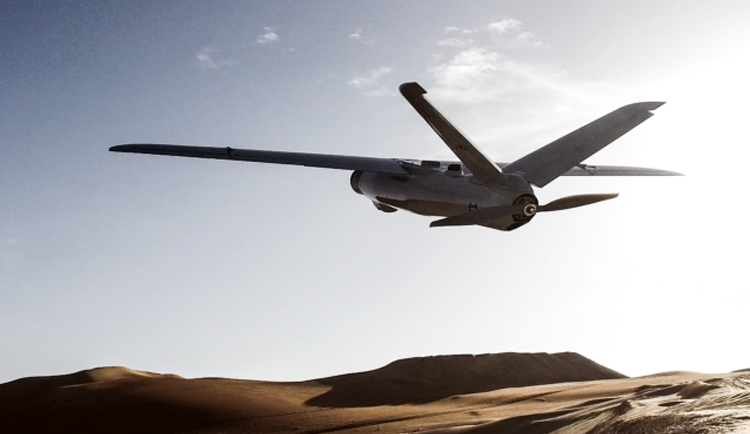
Vijayan Trishul Defence Solutions, a leading Indian defense company, has ambitious plans to expand its manufacturing capabilities. In the first phase, the company aims to produce small ammunition, including calibers like 7.62mm, 5.56mm, and 9mm.
Moving forward, Vijayan Trishul plans to collaborate with both international and local partners to venture into small arms production. The final phase of their expansion will involve producing medium and large-caliber munitions, such as mortar and artillery shells.
Continue reading